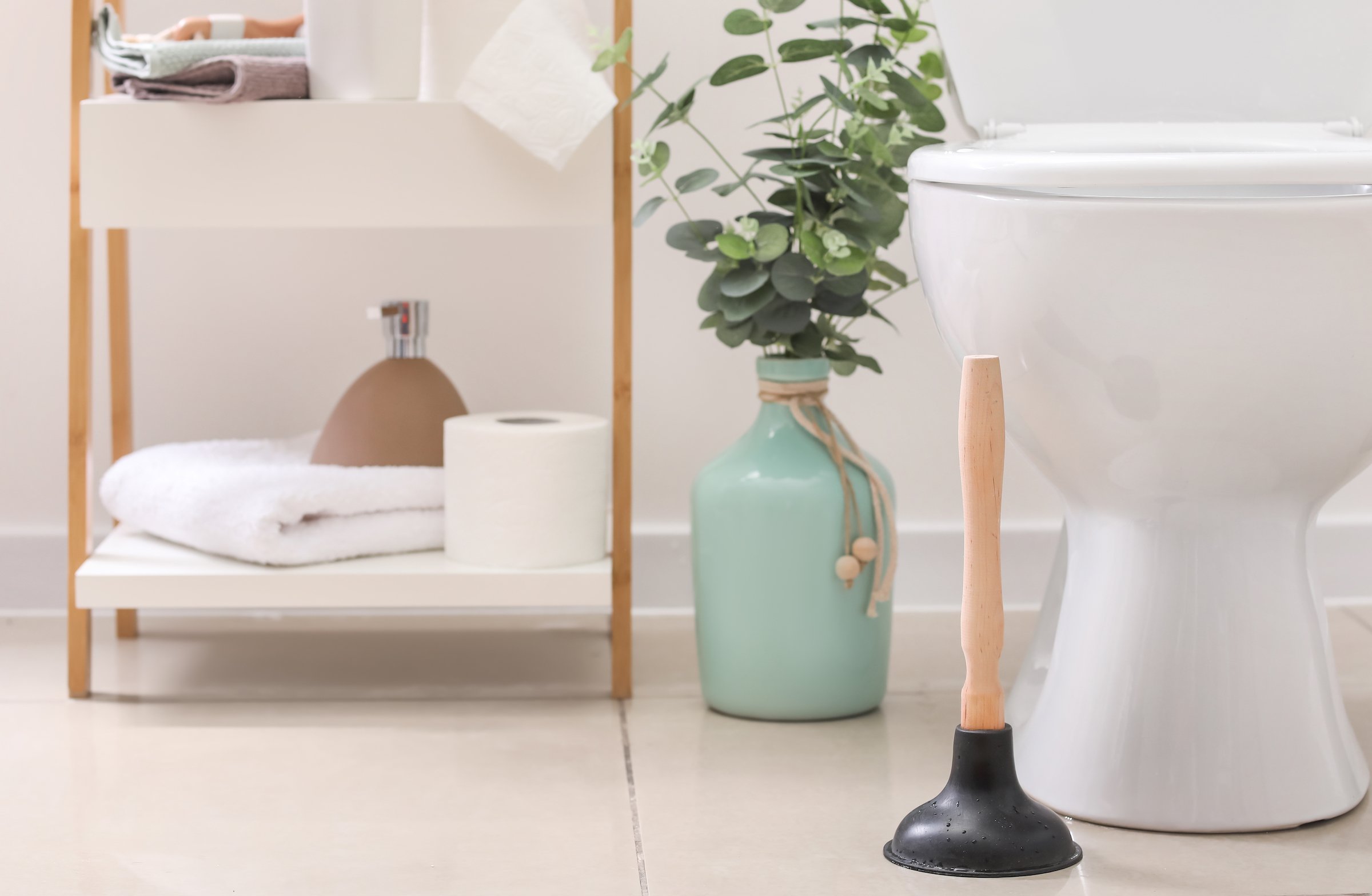Key Bathroom Plumbing Tips: Guidance for New Homeowner Needs to Know
Key Bathroom Plumbing Tips: Guidance for New Homeowner Needs to Know
Blog Article
What are your thoughts concerning 11 Must-Read Tips for Plumbing a New House?

For brand-new home owners, understanding and keeping shower room pipes can conserve both time and money by preventing expensive problems down the line. Here are some important restroom plumbing ideas to help you keep whatever running efficiently.
Prepare for Winter
Protect your pipes from freezing throughout cold weather by protecting pipes in unheated locations like cellars, attics, and garages. Throughout severe cold, let cold water drip from faucets served by revealed pipes to aid avoid cold.
Set Up Routine Maintenance
Think about scheduling annual evaluations with an accredited plumbing professional. They can detect issues that you could miss, such as concealed leakages or wear and tear on pipes and components. Routine maintenance aids extend the life of your pipes system and can prevent emergency situations.
Familiarize Yourself with the Main Shut-Off Valve
Understanding where the main water shut-off valve lies in your home is essential. This enables you to rapidly switch off the water system in case of major leaks or during pipes emergencies, protecting against substantial water damage.
Regularly Check for Leaks
Small leakages can lead to big issues. On a regular basis check under sinks, around toilets, and near plumbing fixtures for any type of signs of leakages. Look for moisture, little drips, or corrosion. Capturing and fixing leaks early can avoid a lot more major damages and conserve water.
Preserve Your Hot Water Heater
Guarantee your water heater is set to a suitable temperature level (normally around 120 degrees Fahrenheit) to avoid hot and decrease energy use. Flush the tank every year to get rid of debris build-up, which can reduce the effectiveness and life-span of your heating system.
Update Your Components
If your home has older fixtures, consider updating to extra reliable models. Modern toilets, showerheads, and taps are made to use less water while offering good stress, which can considerably lower your water costs and ecological footprint.
Be Cautious with DIY Pipes Services
While it's alluring to deal with all home repair work by yourself, be cautious with pipes. Some issues might need expert expertise, particularly if they entail primary water lines or drain repairs. Employing a professional can often be much more affordable than DIY, specifically if it prevents more damages.
Don't Overlook Slow Drains Pipes
If your sink or bathtub is draining pipes gradually, it's commonly an indication of a clog creating. Addressing this very early can stop a complete clog. Make use of a plunger or a plumbing's serpent to clean out particles. Prevent using chemical drainpipe cleansers as they can damage your pipelines over time.
Know What Not to Flush
Commodes are not garbage disposals. Stay clear of flushing anything besides toilet paper and human waste. Products like wipes, womanly hygiene items, and cotton swabs need to be thrown away in the trash to stop clogs and sewage system backups.
Set Up Strainers in Drains
Place strainers in your sink and bath tub drains pipes to capture hair and other particles before they enter your pipes system. Cleansing the strainers consistently will assist prevent accumulation and maintain water flowing easily.
Verdict
Understanding and preserving your home's shower room pipes can avoid lots of usual issues. By complying with these essential suggestions, you can ensure your restroom stays useful and efficient, saving you money and time in the future.
Essential Plumbing Tips for Homeowners: Keep Your Pipes Flowing Smoothly
As a homeowner, understanding the basics of your plumbing system can save you time, money, and a lot of headaches. Plumbing issues can range from minor annoyances like dripping faucets to major problems like burst pipes that cause significant damage. This guide provides essential tips to help you maintain your plumbing system and tackle common issues.
Understanding Your Plumbing System
Supply System: Brings fresh water into your home from a municipal source or a well. Drain-Waste-Vent System: Removes wastewater and vents sewer gases outside. Fixtures and Appliances: Includes sinks, toilets, showers, dishwashers, and washing machines. Basic Maintenance Tips
Regular Inspections: Periodically check for leaks, corrosion, and other signs of wear and tear. Look under sinks, around toilets, and near water heaters. Know Your Main Shut-Off Valve: In case of a major leak, you’ll need to shut off the water quickly. Ensure everyone in your household knows where the main shut-off valve is located. Prevent Frozen Pipes: In cold climates, insulate exposed pipes and let faucets drip during extreme cold to prevent freezing. Use Strainers: Install strainers in sinks and tubs to catch hair, food particles, and other debris that can cause clogs. Common Plumbing Issues and Solutions
Clogged Drains:
Prevention: Avoid pouring grease down the drain and use drain screens to catch debris. DIY Fix: Use a plunger or a plumbing snake to clear minor clogs. For stubborn clogs, a mixture of baking soda and vinegar can sometimes help. Leaky Faucets:
Prevention: Replace washers and seals regularly. DIY Fix: Turn off the water supply, disassemble the faucet, and replace worn parts.

This Resource Report this page